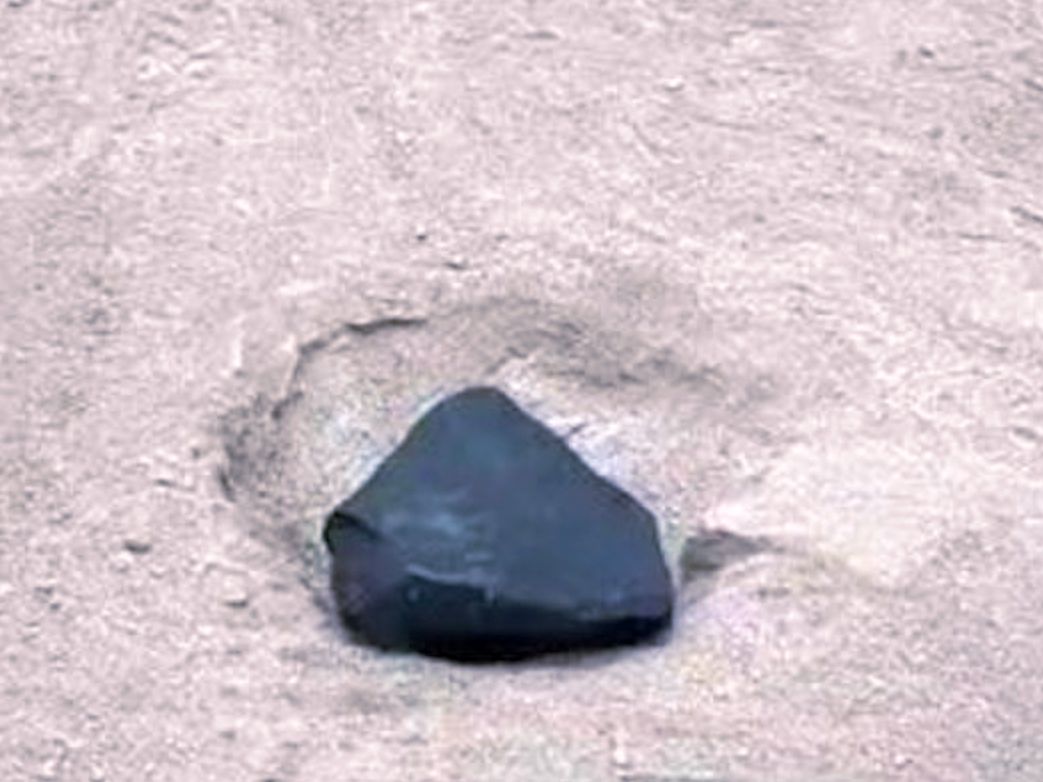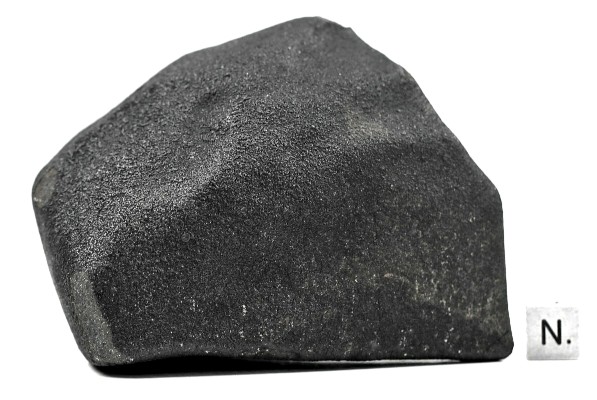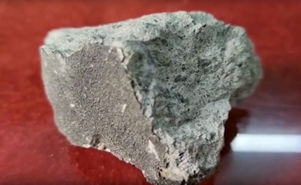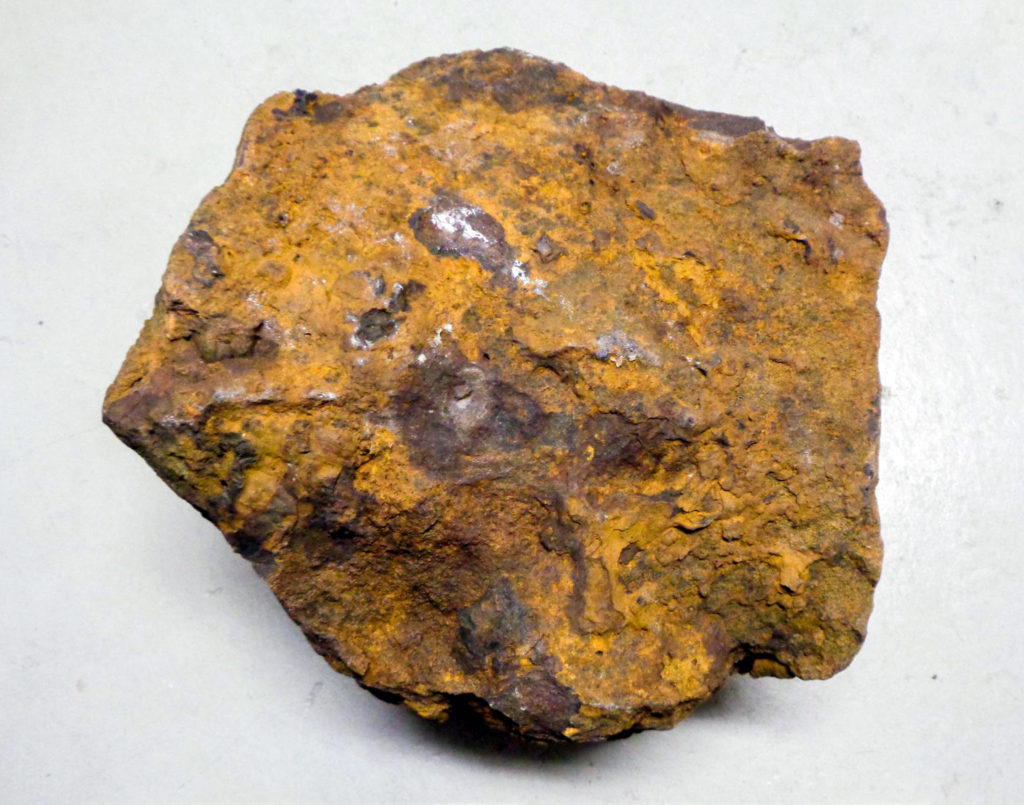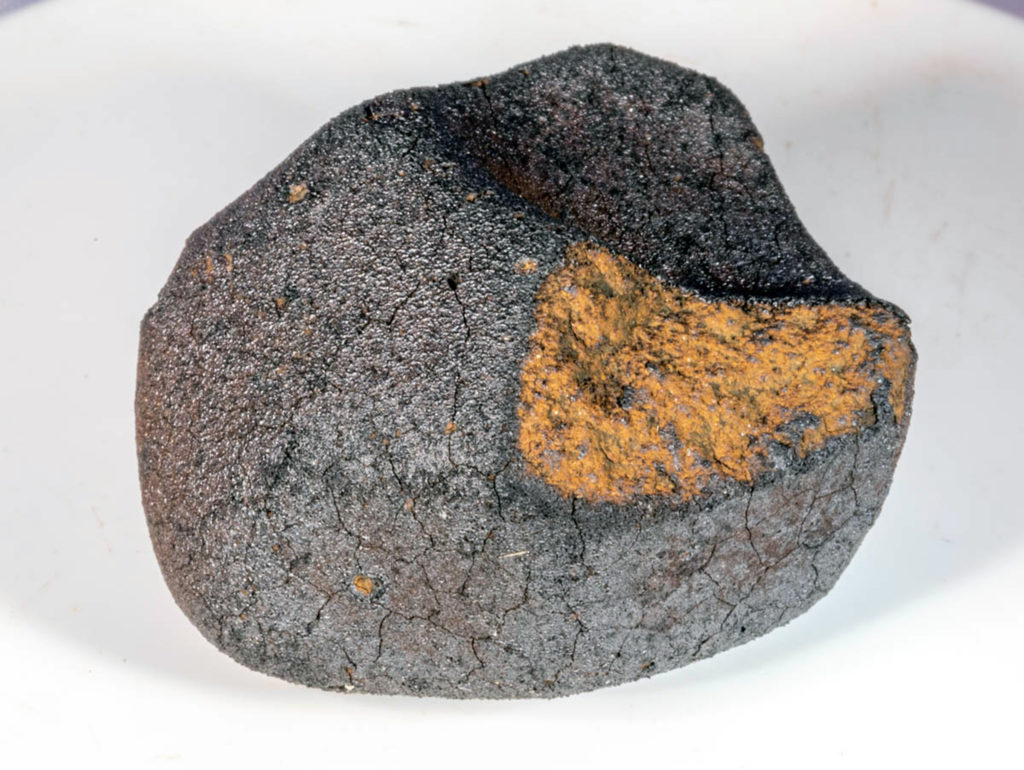Investigating the relationship between bolide entry angle and apparent direction of infrasound signal arrivalsOPEN ACCESS
Elizabeth A. Silber
Accepted for publication in Pure and Applied Geophysics (18 March 2025)
“Infrasound sensing offers critical capabilities for detecting and geolocating bolide events globally. However, the observed back azimuths, directions from which infrasound signals arrive at stations, often differ from the theoretical expectations based on the bolide’s peak brightness location. For objects with shallow entry angles, which traverse longer atmospheric paths, acoustic energy may be emitted from multiple points along the trajectory, leading to substantial variability in back azimuth residuals. This study investigates how the entry angle of energetic bolides affects the back azimuth deviations, independent of extrinsic factors such as atmospheric propagation, station noise, and signal processing methodologies. A theoretical framework, the Bolide Infrasound Back-Azimuth EXplorer Model (BIBEX-M), was developed to compute predicted back azimuths solely from geometric considerations. The model quantifies how these residuals vary as a function of source-to-receiver distance, revealing that bolides entering at shallow angles of 15 degrees can experience average residuals of 12.4 degrees, with deviations reaching up to 155 degrees at distances below 1500 km, and remaining significant even at 10,000 km. In contrast, bolides with steeper entry angles (greater than 60 degrees) show much smaller deviations, typically under 10 degrees at 1000 km and diminishing to less than two degrees beyond 5000 km. These findings attest to the need for careful interpretation when evaluating signal detections and estimating bolide locations. This work is not only pertinent to bolides but also to other high-energy, extended-duration atmospheric phenomena such as space debris and reentry events, where similar geometric considerations can influence infrasound arrival directions.”

